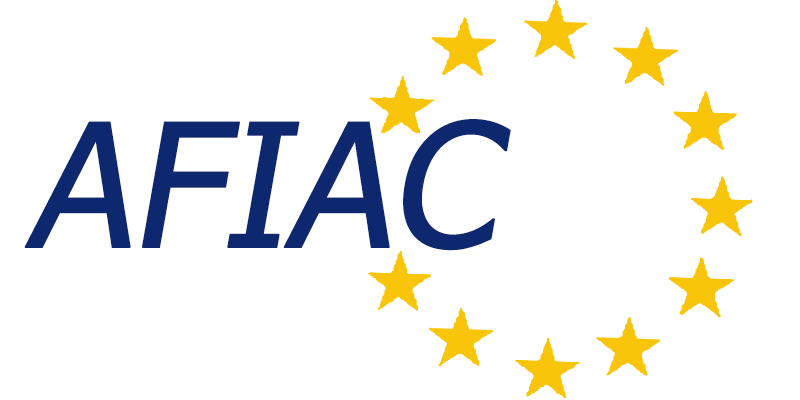While it has all the hallmarks of transnational organised crime, the illegal wildlife trade continues to be viewed as being outside ‘mainstream crime’.
Frequently linked to other forms of serious crime such as fraud, corruption and money laundering, the illegal wildlife trade generates an estimated US$20 billion annually and is the fourth most profitable criminal trafficking enterprise behind drugs, arms and human trafficking according to the United Nations Office on Drugs and Crime (UNODC).
However, the cutting edge investigative techniques often employed in tackling other criminal investigations such as fraud and human trafficking are rarely employed when it comes to the illegal wildlife trade.
Driven by its demand as a source of alternative medicine or as status symbols, the illegal wildlife trade is rampant in ASEAN and there needs to be greater recognition of it as a financial crime so that appropriate financial investigations and law enforcement can be carried out and action taken to prosecute traffickers for money laundering.
‘A substantial money laundering threat’
“Proceeds from illegal wildlife trafficking qualify as proceeds of crime, and moving illicit money into the financial system makes them money launderers,” Tim Phillipps, APAC Financial Crime Network Leader and Southeast Asia Leader for Forensic and Analytics at Deloitte, told The ASEAN Post.
“Payments within the supply chain are in substantial amounts and will require the movement of these illicit funds in and out of legitimate financial facilities, making wildlife crime a substantial money laundering threat,” he stressed.

